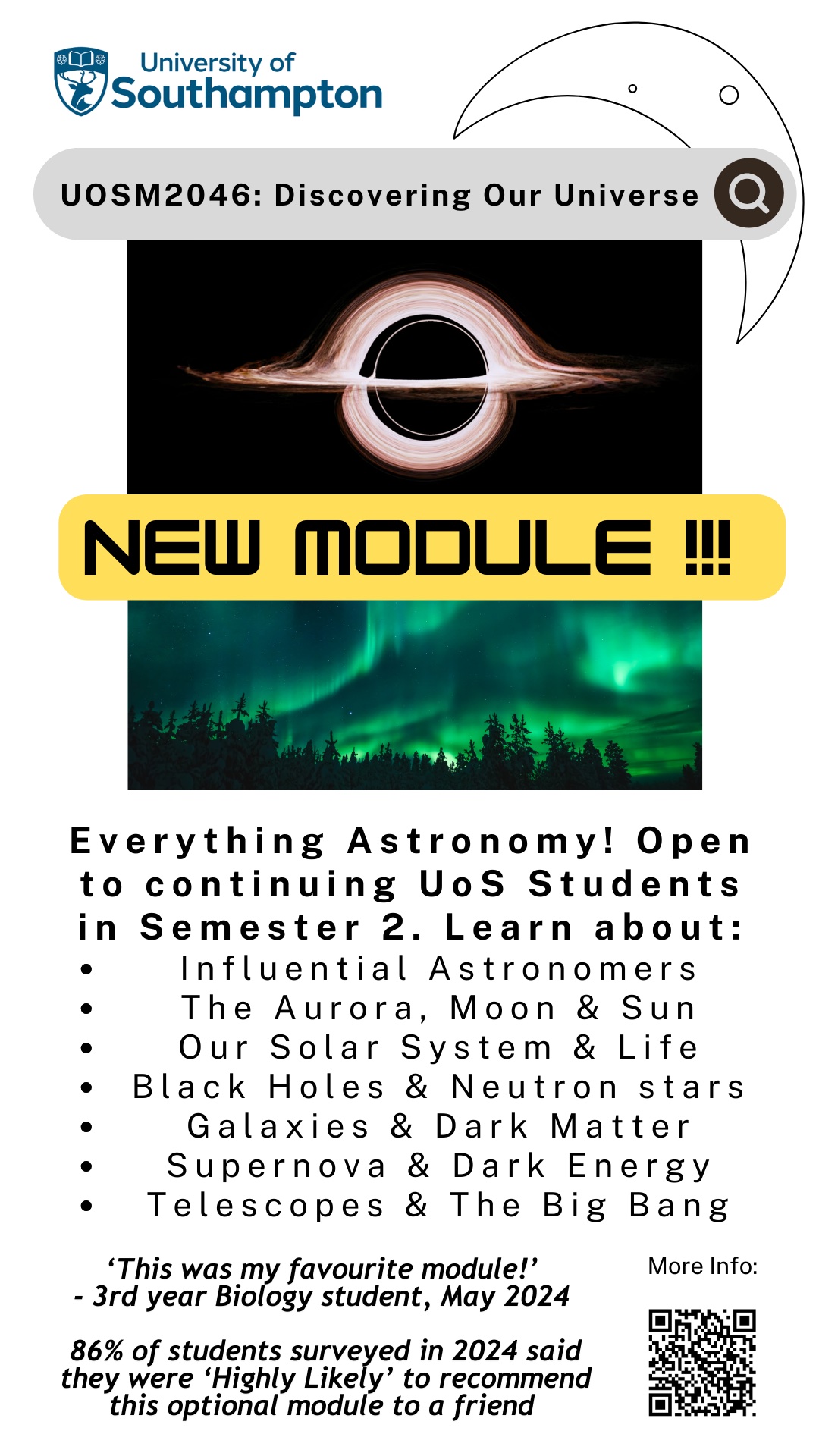Picture this: you’re stood outside, maybe driving somewhere or tucked into bed, a slight crack in your curtains revealing a clear night sky. It’s late, the clouds don’t obstruct your view (or for some, maybe they do), and the stars glimmer in the histories of millions and billions of years. Then you catch something, a wash of purple or green rippling across the sky, a cascade of colour reaching against the cool black night, and, ever so slightly, the Northern Lights ripple into being.
It’s an image that feels plausible in the Arctic regions of the Earth, an optical splendour relegated to countries and regions like Alaska, Canada, Scandinavia, and Russia (to name a few), but not one you expect in England, let alone Southampton. However, it was a reality for the city from May 10th into May 11th, one that many saw through a camera lens or as a photograph the following morning when they realised they had slept through the event with disdain.
As phenomena of utter beauty, the Northern Lights (also known as auroras) is a display that, for some, is a once-in-a-lifetime occurrence, attracting tourists around the world. So when it pops up in a little seaside city, it’s enough to make the locals awe and gawk. However, with the display happening over a month ago now, a question pricks at the back of many minds: what causes the Northern Lights?
This was a question that Dr Sadie Jones of the University of Southampton sought to address on her Instagram (@sotonastrodome) for all those curious about the marvel. True to the passion of making Physics accessible to all those interested, Jones’s video is a three-minute whistle-stop tour that explains the science behind auroras and why they were visible in Southampton, unlike before – which we delve into below.
For auroras to exist, we need three things: the Sun, the Earth, and the Earth’s atmosphere. An aurora is triggered when charged particles and plasma from the sun are blasted towards Earth, hitting our magnetosphere. Most of these particles are deflected around the Earth by the magnetosphere, while some become trapped and redirected towards either the northern or southern pole (where we find the aurora oval). Here, the particles of solar flares and coronal mass ejections (CMEs) interact with the gasses of Earth’s atmosphere – generating little sparks of energy whose colour is dictated by which particle is interacted with. Oxygen particles give us the more common green auroras, while nitrogen leads to the blue and purple auroras.
However, Southampton doesn’t sit underneath that aurora oval, which means the likelihood of those lights in the sky is relatively rare. For this to occur, we need a solar storm and a big one at that.
The sun goes through a cycle of activity that lasts roughly 11 years. Solar cycle 25 began in December 2019, when the sun was at a lower period of activity (called solar minimum) and the activity will continue to rise and expectedly peak around 2025 (this peak referred to as solar maximum) before returning to solar minimum in 2030 to finish the 11-year cycle. As the sun moves from minimum to maximum, solar flares and coronal mass ejections become more frequent, resulting in more charged particles and plasma directed towards the Earth. In the lead-up to May 10th into 11th, the sun’s activity, which had been surprising many physicists with its much higher rate of activity than previously predicted for 2024, was so high that it was experiencing a G5 storm – the highest level of solar storm possible. This means that all those excess charged particles directed towards Earth during the solar storm had the effect of stretching the aurora oval equatorward (towards the equator) and passing over Southampton. That’s why its beauty was seen throughout the city.
While not rare for those under the aurora oval, the experience is rare for many parts of the world, making this display of colour (and a chance at explaining its physics) so much more special. If Southampton ever has this event happen again, hopefully, you’ll understand the science behind the display and be able to explain it to others.
However, your knowledge of physics and space can continue beyond auroras if you’re a University of Southampton student. Open to all students of any discipline, the module ‘Discovering Our Universe’ explores everything astronomy from the auroras to dark matter and the Big Bang and is led by the aforementioned Dr Sadie Jones. So, for any students interested, check out the poster below or following the link here.





